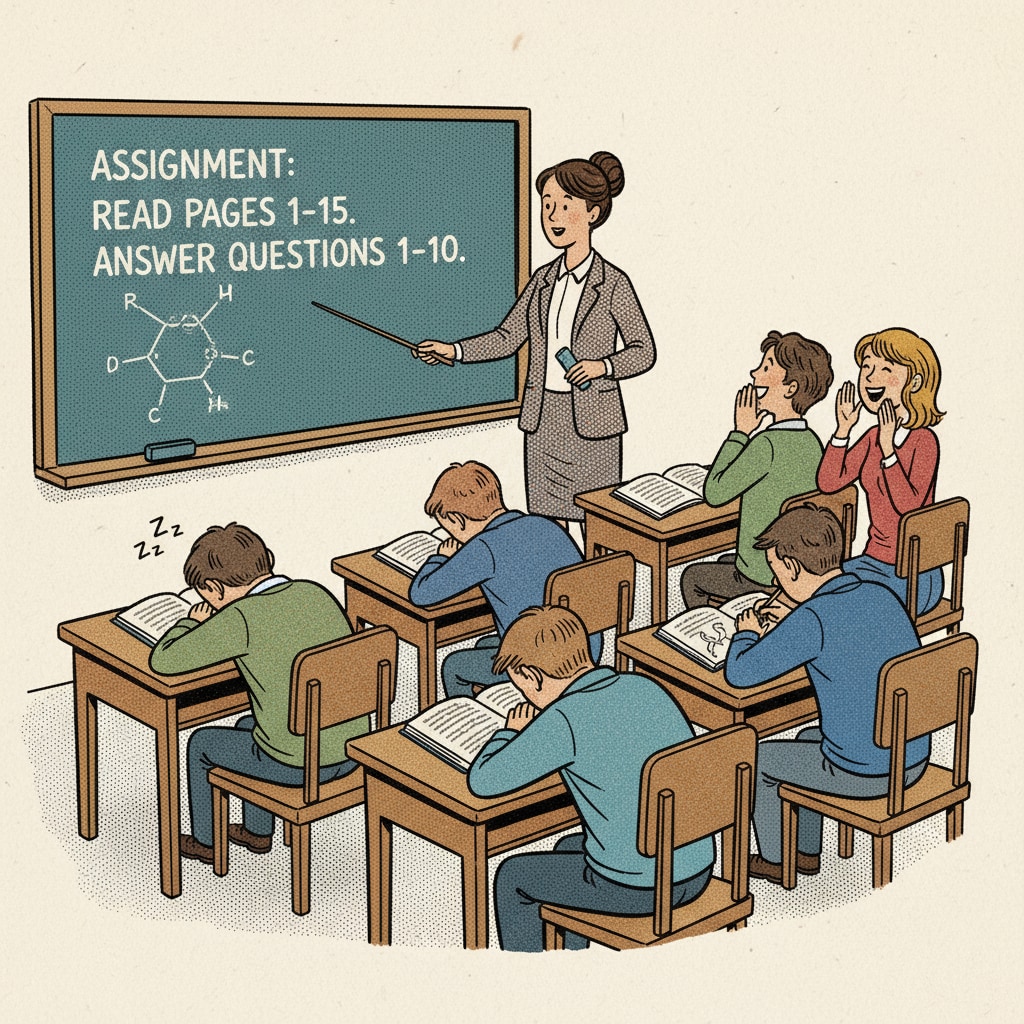Teaching difficulties often arise when students don’t follow instructions, and this is a particularly prominent issue in middle school classrooms. In this article, we will explore the phenomenon of seventh-grade students commonly ignoring classroom instructions, the reasons behind it, and effective teaching strategies to address this challenge.

The Prevalence of Instruction Disregard
In many seventh-grade classrooms, it has become a concerning trend that students frequently don’t follow the instructions given by teachers. Teachers may find themselves repeating instructions multiple times, yet students still seem to be inattentive or choose to ignore them. This not only disrupts the normal flow of teaching but also affects the overall learning environment. For example, when a teacher asks students to complete a specific task in a certain order, a significant number of students may start doing it in a different way or simply not start at all.

Underlying Reasons
There are several reasons why students don’t follow instructions. Firstly, the way instructions are delivered might be a factor. If the instructions are too complex or unclear, students may struggle to understand what is required of them. Secondly, some students may lack the self-discipline and focus to listen carefully. They might be distracted by their peers or their own thoughts. Additionally, the classroom environment and the relationship between the teacher and students can also play a role. If the classroom lacks a positive and engaging atmosphere, students may be less motivated to follow instructions. Reasons Why Students Don’t Follow Directions on Education.com
The Failure of Traditional Teaching Strategies
Traditional teaching strategies often rely on repetition and strict discipline to ensure students follow instructions. However, these methods are not always effective. Repeating instructions can lead to boredom for both the teacher and the students, and strict discipline may create a tense atmosphere in the classroom. As a result, students may become rebellious and more resistant to following instructions. Teachers need to explore new and more innovative teaching strategies to break this cycle. 10 Ways to Get Students to Follow Directions on TeachThought
Rebuilding the Classroom Instruction Culture
To address this issue, teachers can start by simplifying instructions. Make them clear, concise, and easy to understand. Use visual aids or examples to illustrate the tasks. Building a positive relationship with students is also crucial. When students feel respected and cared for, they are more likely to be cooperative. In addition, creating an engaging classroom environment with interactive activities can increase students’ motivation to follow instructions. Teachers can also set clear rewards and consequences to reinforce positive behavior.
In conclusion, dealing with students not following instructions is a significant teaching difficulty. By understanding the reasons behind this behavior and implementing effective teaching strategies, teachers can create a more harmonious and productive classroom environment.
Readability guidance: Keep paragraphs short and use lists to summarize key points. Provide a list under each H2. Control the proportion of passive voice and long sentences. Incorporate transition words like however, therefore, in addition, for example, as a result throughout the text.


